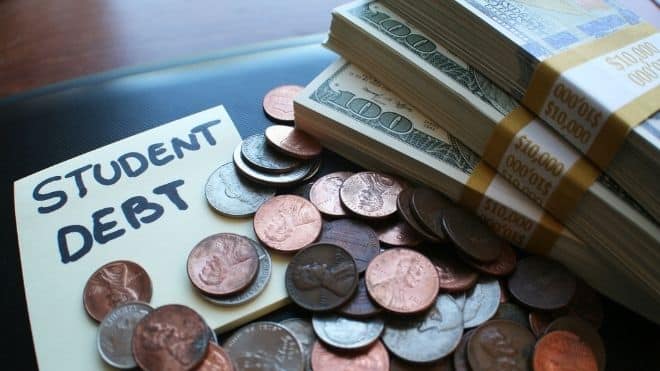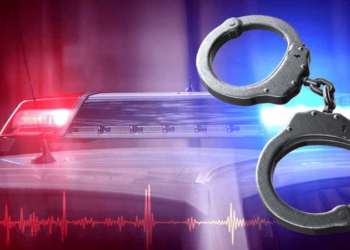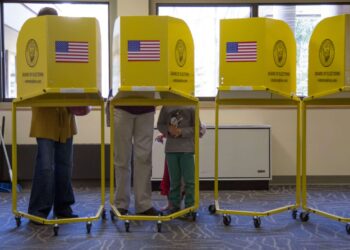The U.S. has ushered in a groundbreaking change for student loan borrowers through the SAVE plan, which President Joe Biden announced has already led to the cancellation of loans for nearly 153,000 participants. This initiative, created to supplant existing income-driven repayment schemes, has rapidly gained traction since its introduction in August.
How is the SAVE plan different from other student debt efforts?
The SAVE plan stands out by offering more lenient terms, such as $0 payments for those earning below 225% of the federal poverty line. It also introduces measures to prevent interest accumulation, ensuring borrowers’ balances won’t grow as long as they keep up with their adjusted payments.
For Lauran Michael, a resident of Raleigh, North Carolina, the SAVE plan halved the student loan payments for her husband’s debt, significantly easing their financial burden. The plan has allowed them to allocate funds towards essential family expenses, like childcare, marking a significant shift in managing their finances.
Who can benefit from the SAVE plan? Do all student loan borrowers qualify?
This plan is accessible to all borrowers of the Direct Loan Program in good standing, offering a beacon of hope for millions navigating the complexities of student loan repayment.
How to apply for the SAVE plan?
Interested borrowers can apply directly through the Education Department’s website, ensuring a streamlined process to access these benefits.

What else does the SAVE plan do for student borrowers?
The SAVE plan is part of a broader spectrum of programs aimed at alleviating student loan debt, including the Public Service Loan Forgiveness and the Borrower Defense programs, offering various avenues for relief based on employment and circumstances of educational fraud.
What’s next for student debt forgiveness?
While the SAVE plan marks a pivotal step towards comprehensive loan forgiveness, the landscape remains uncertain with potential legal challenges looming. However,…
Read the full article here








